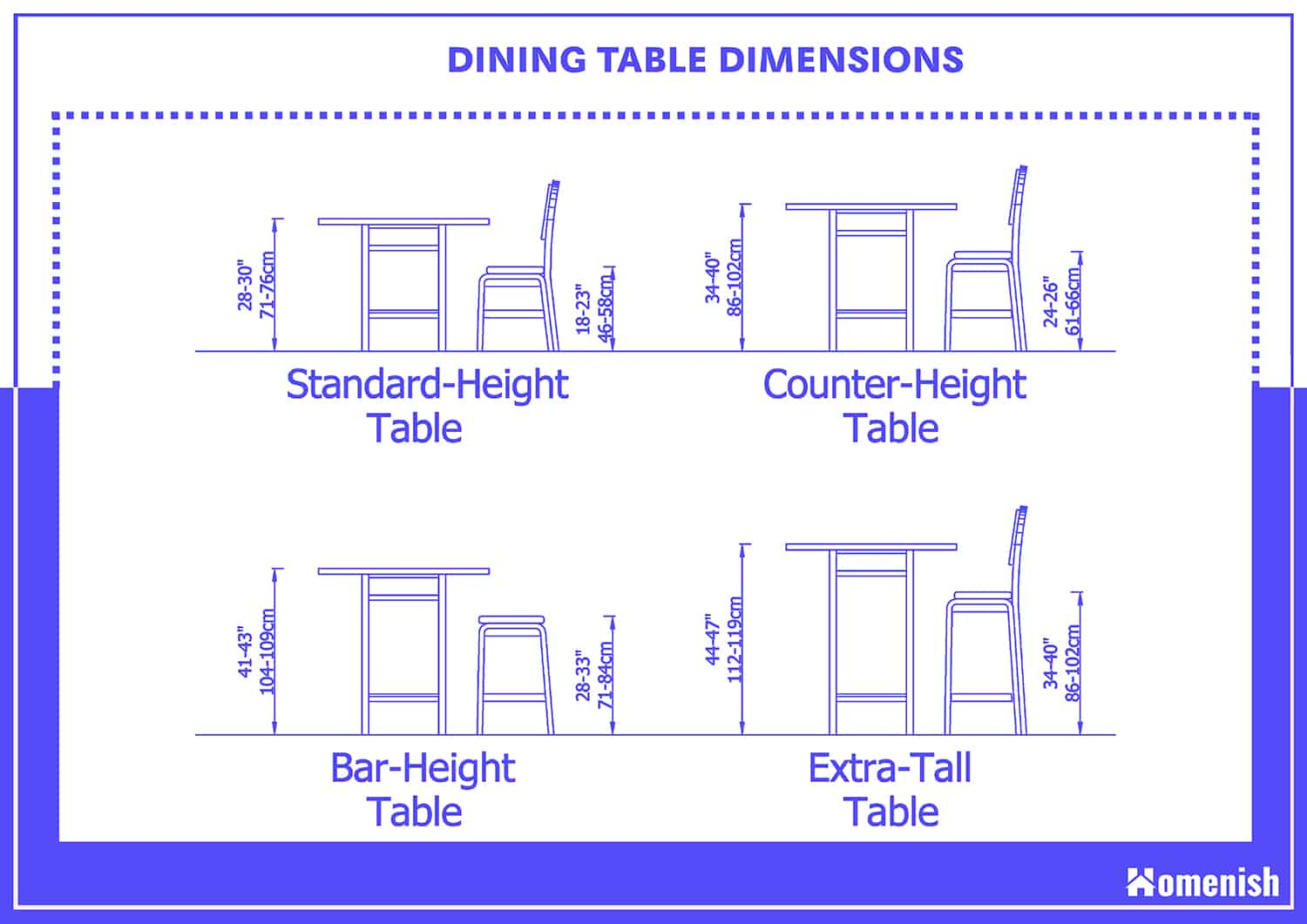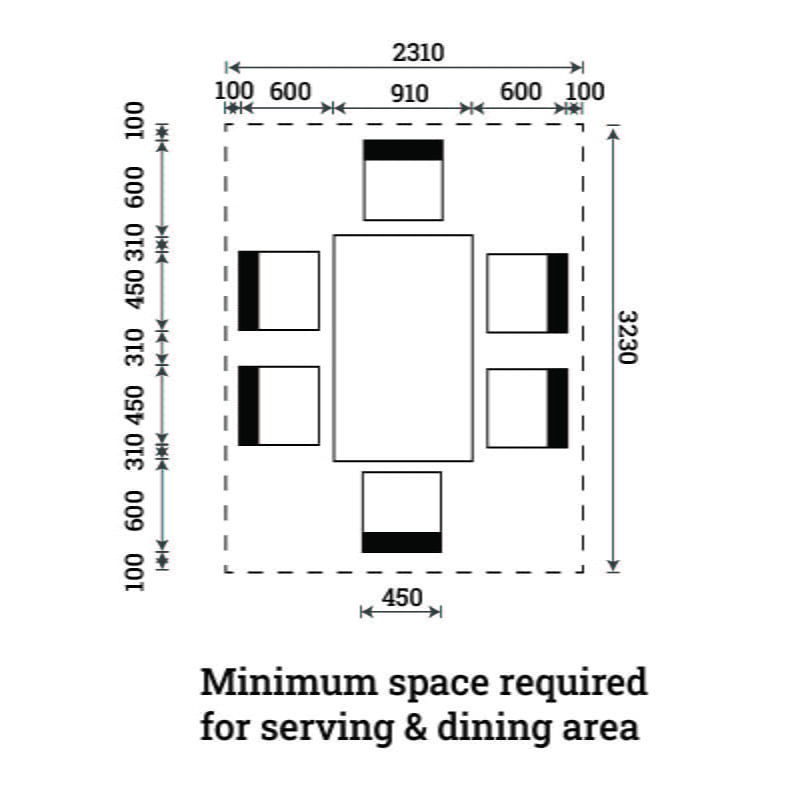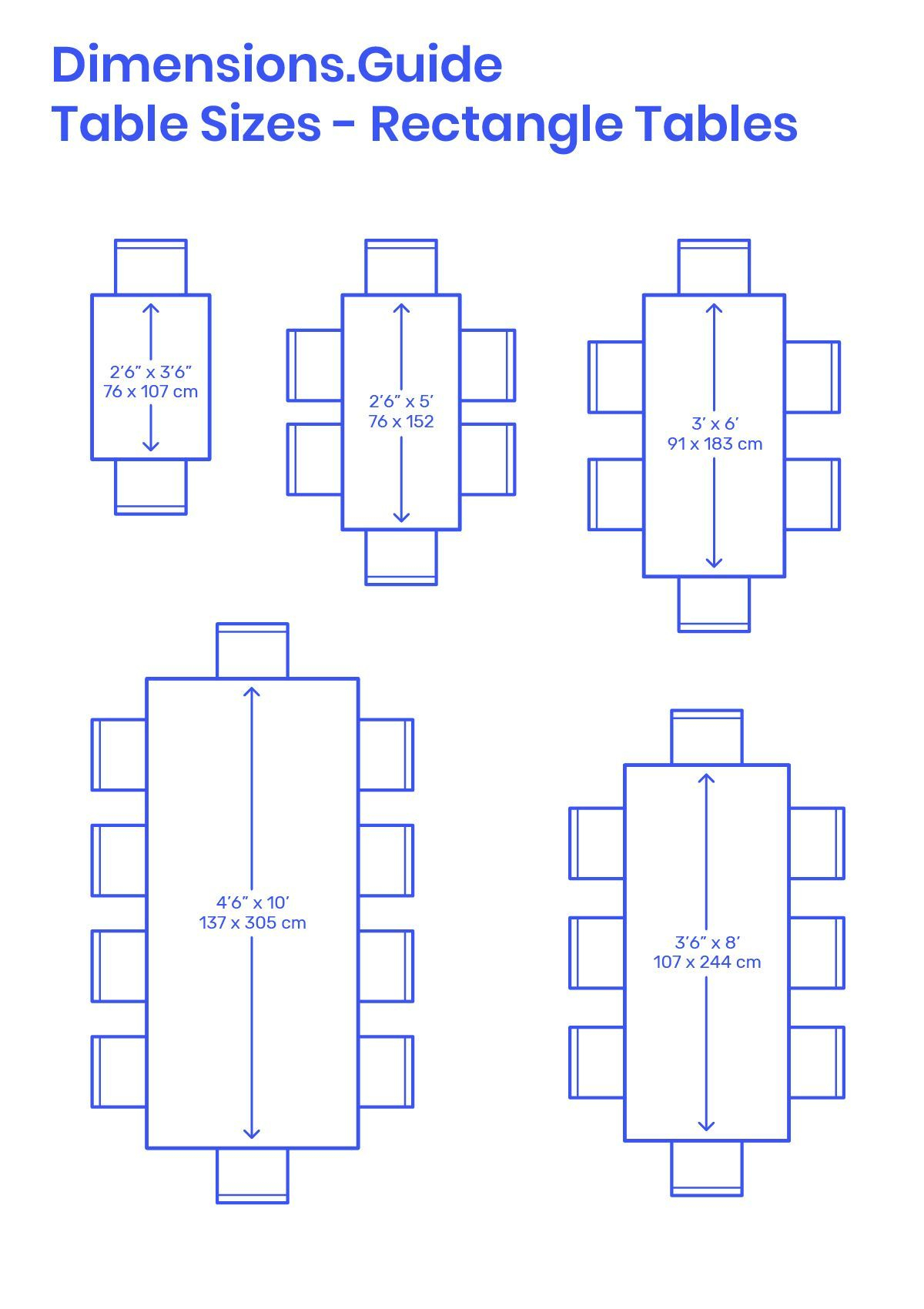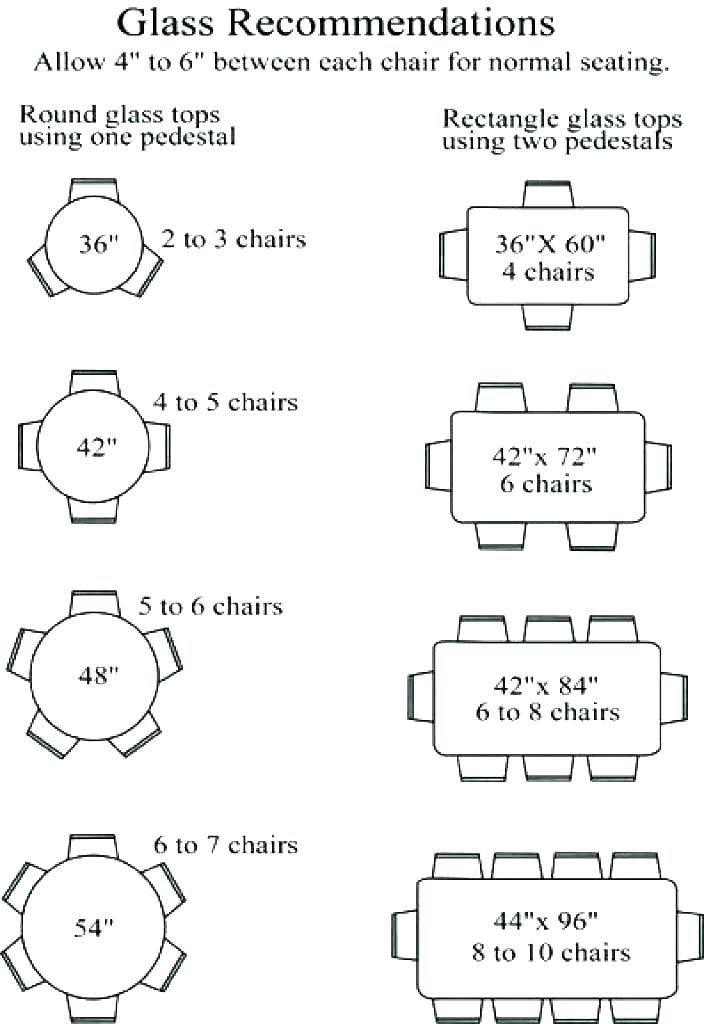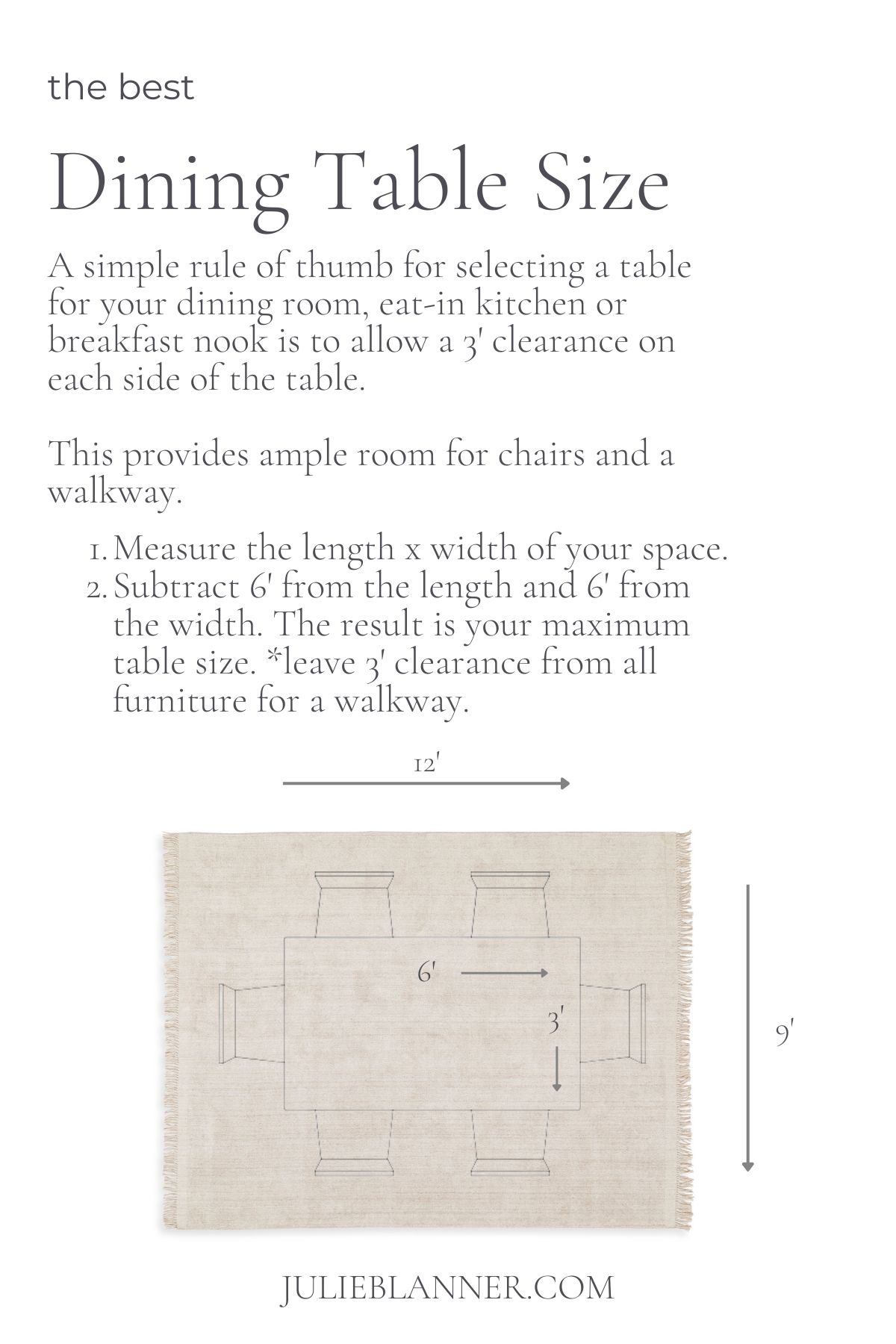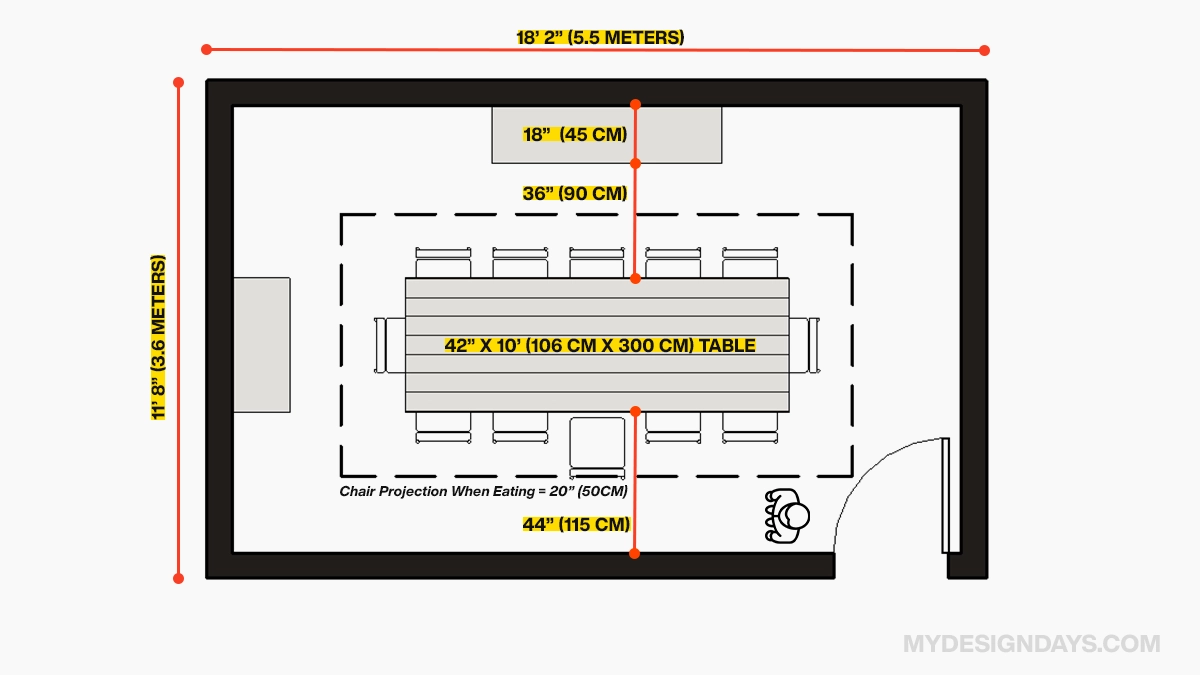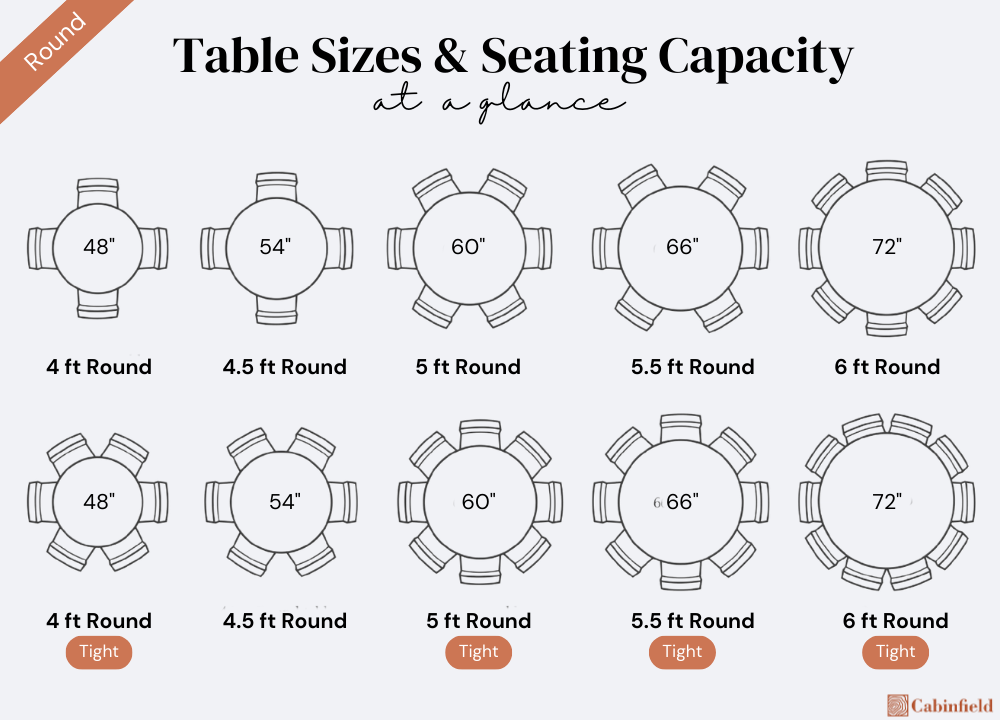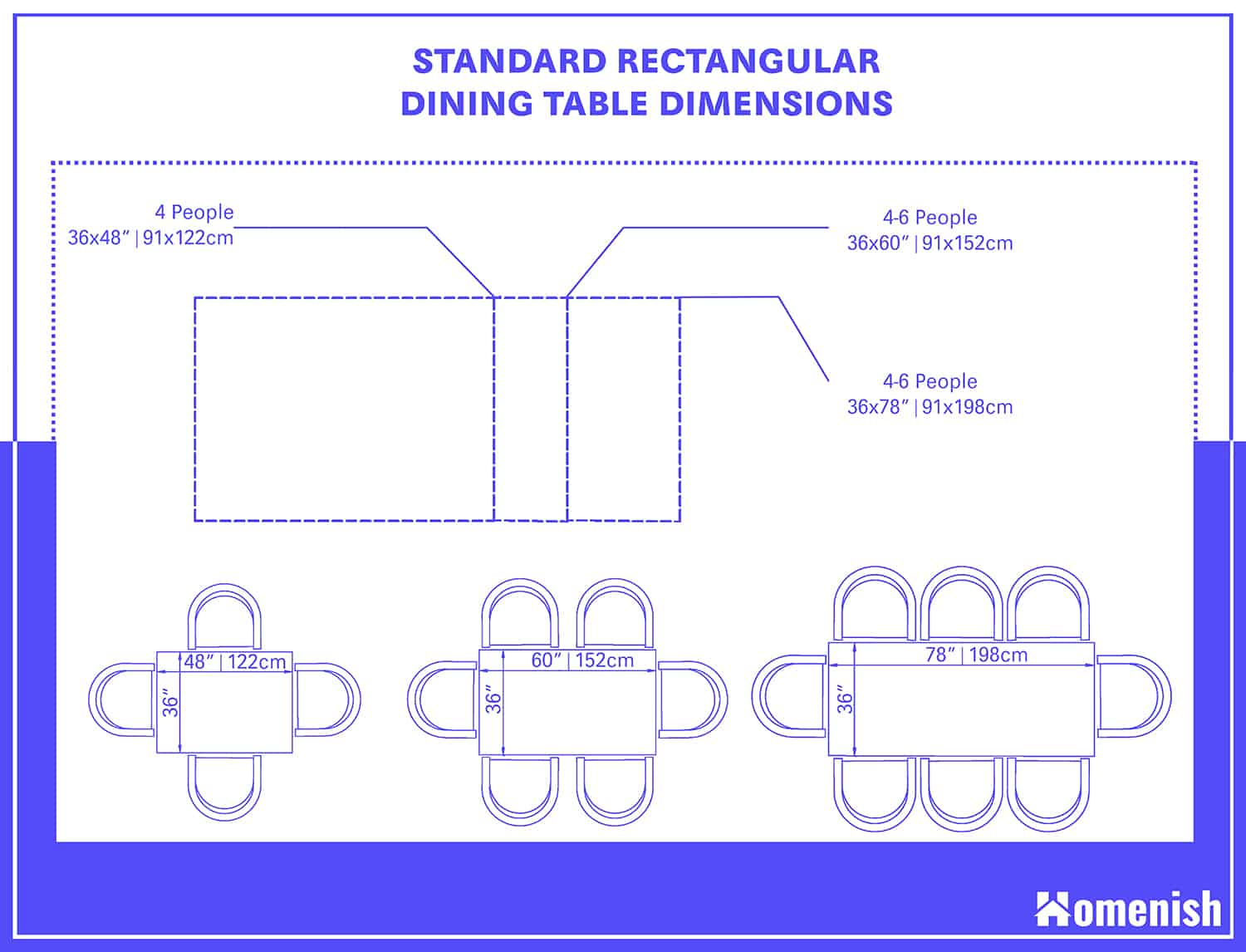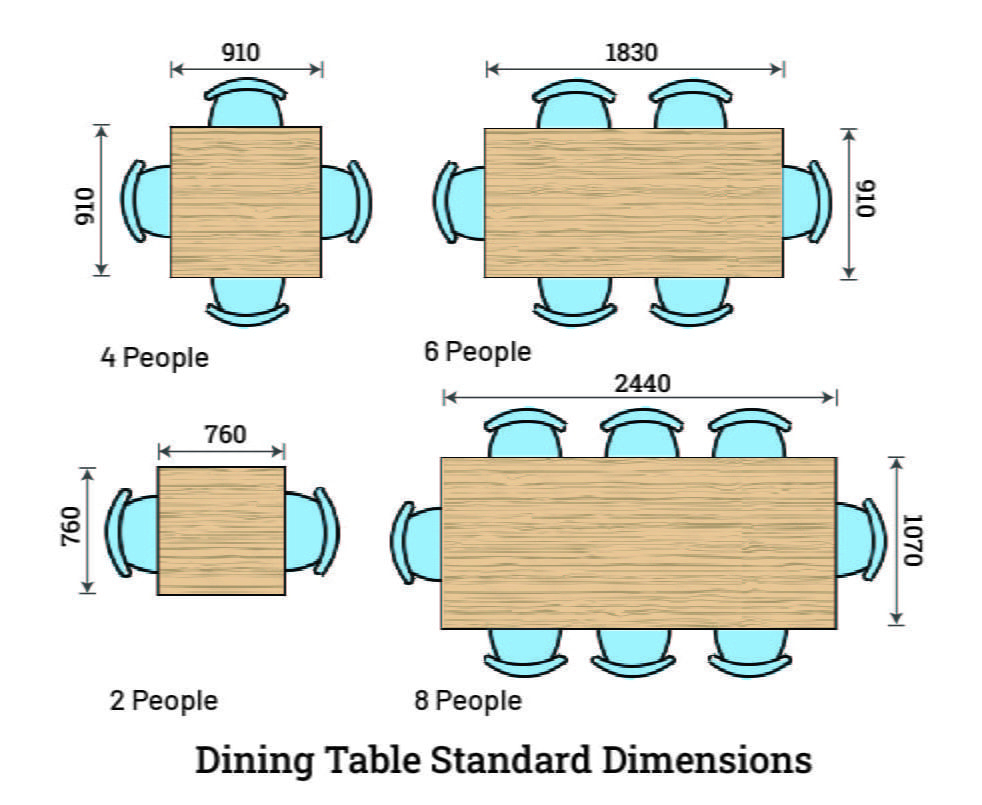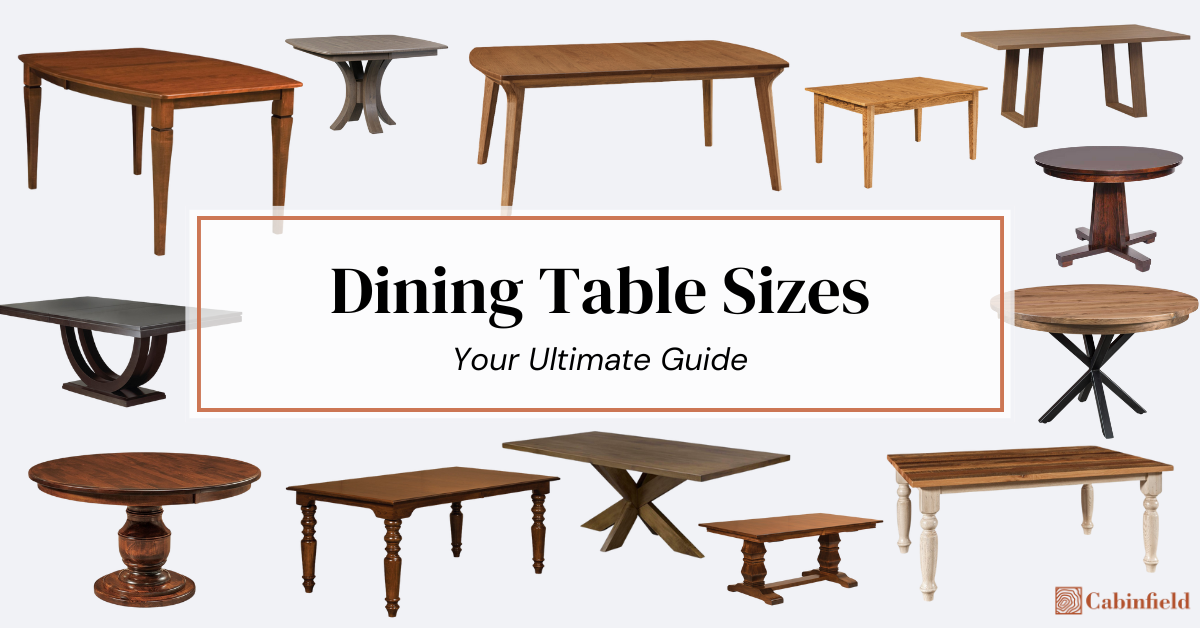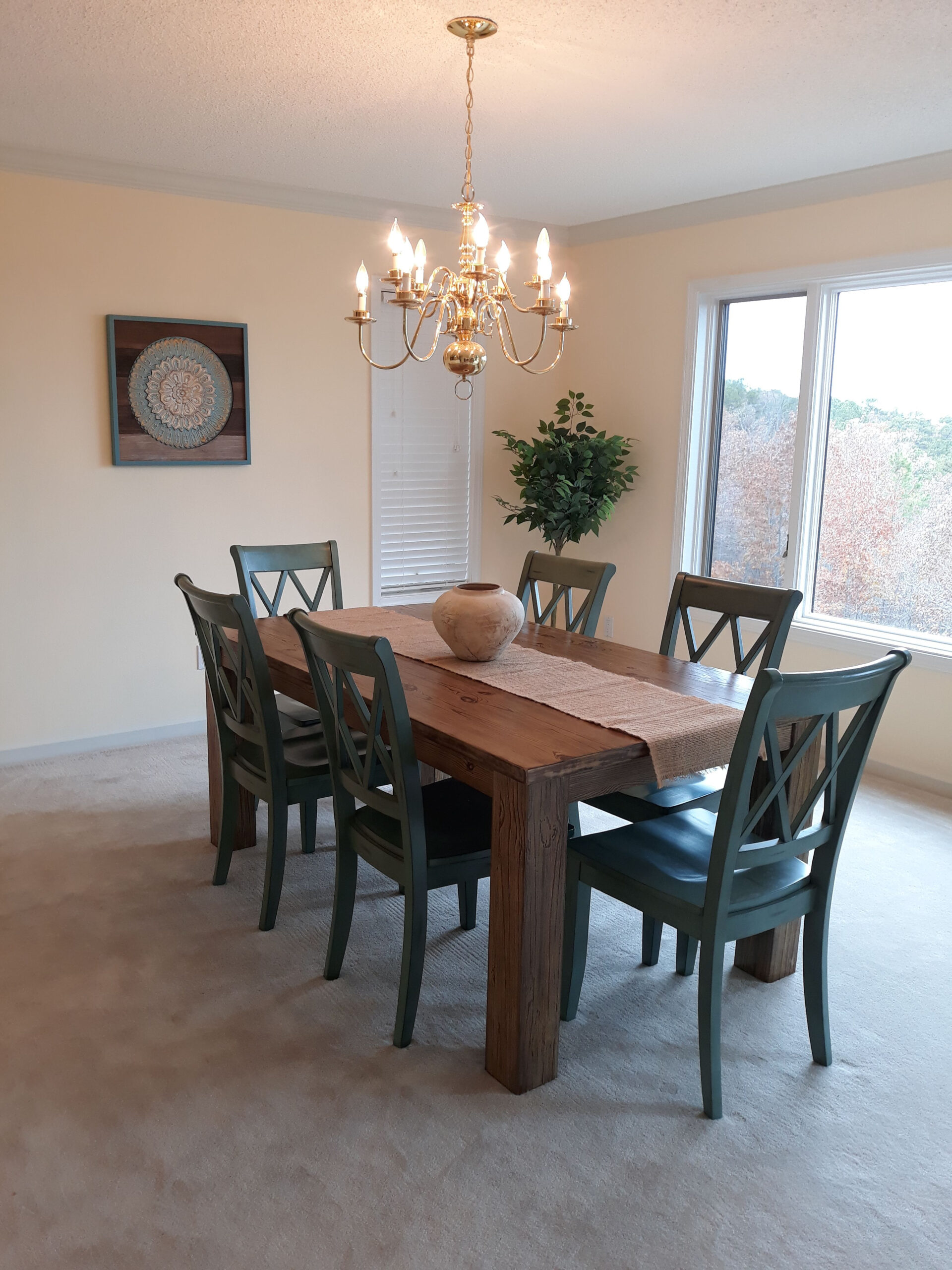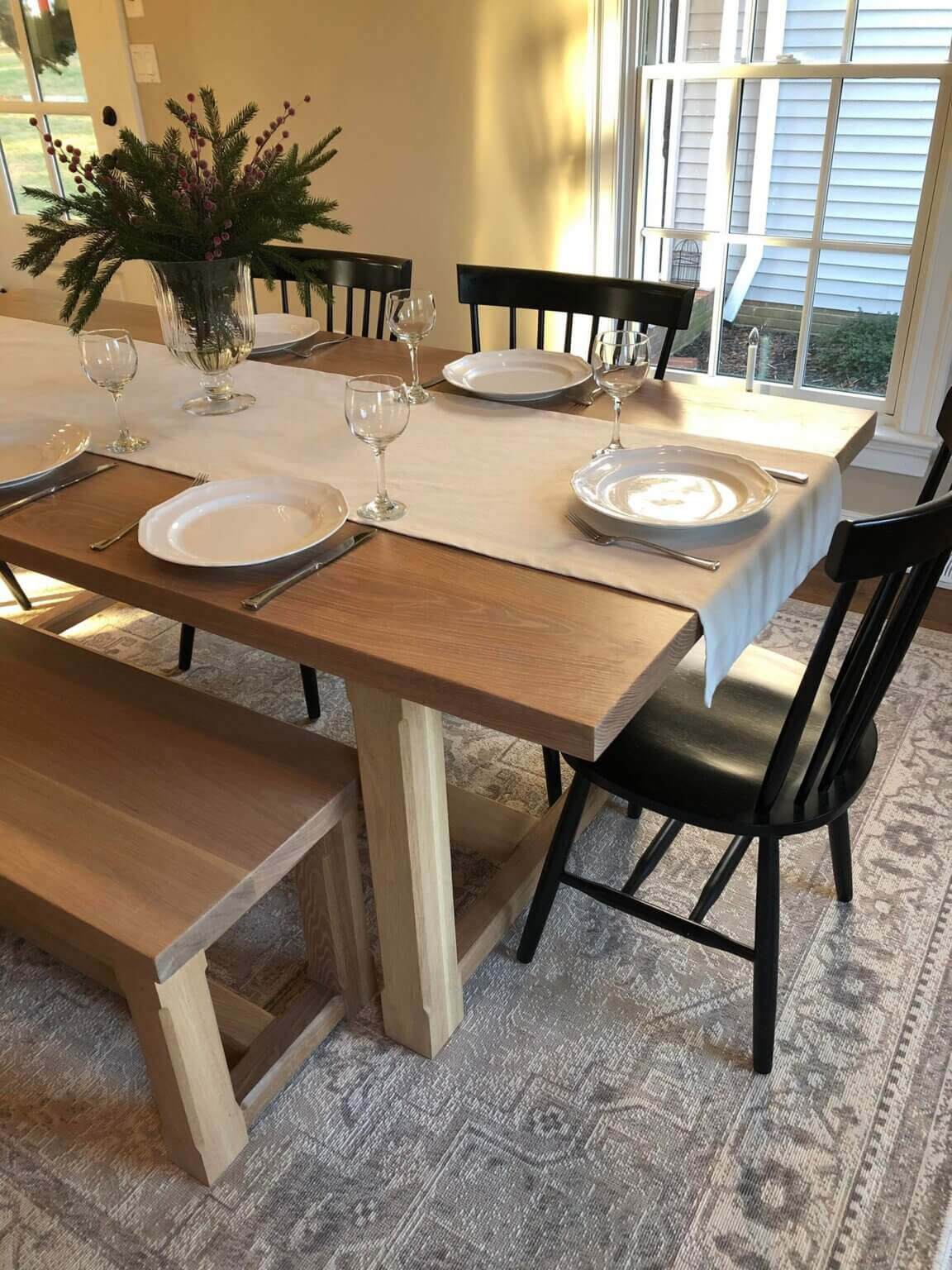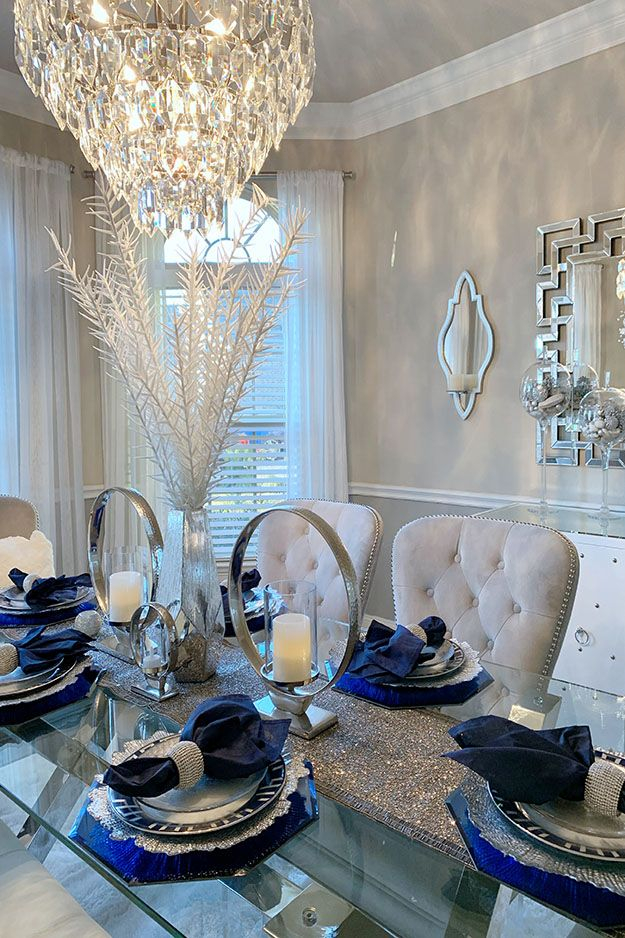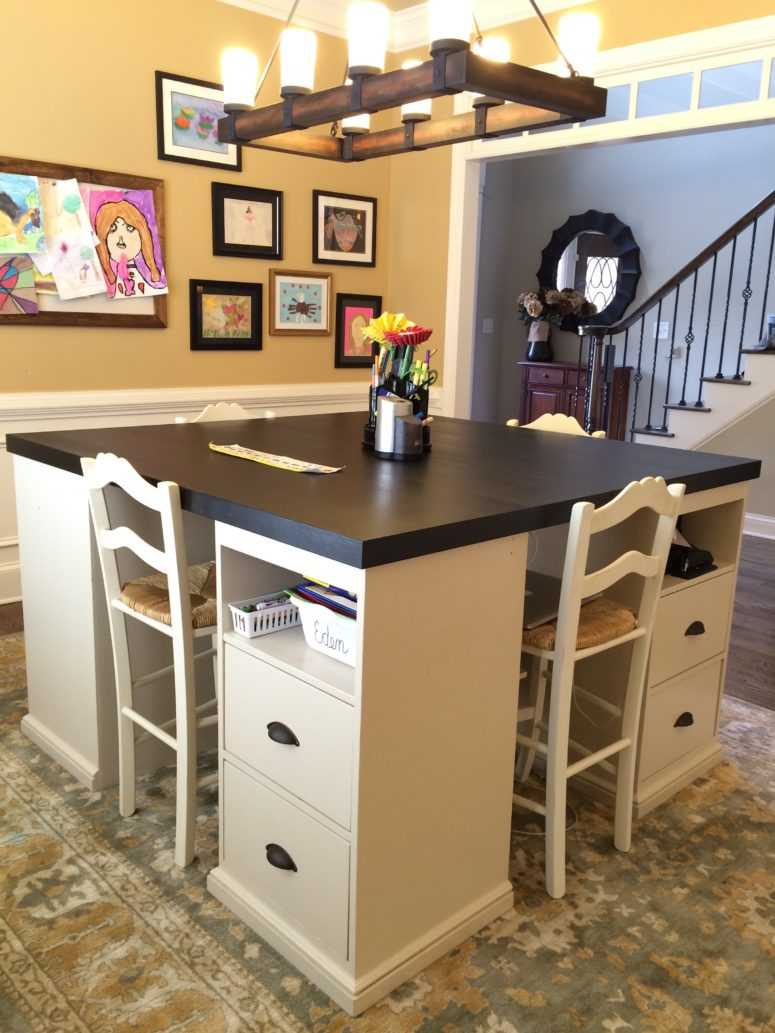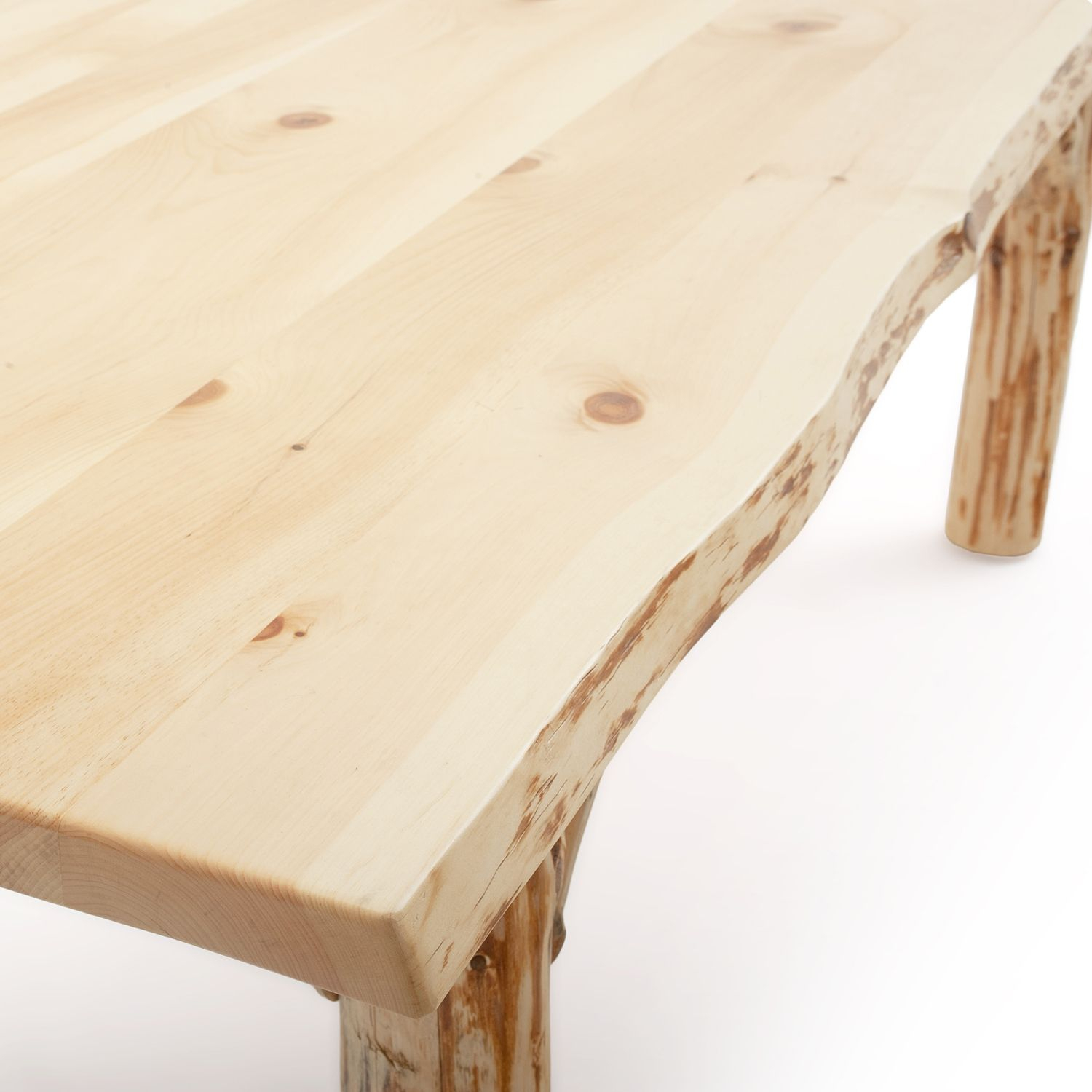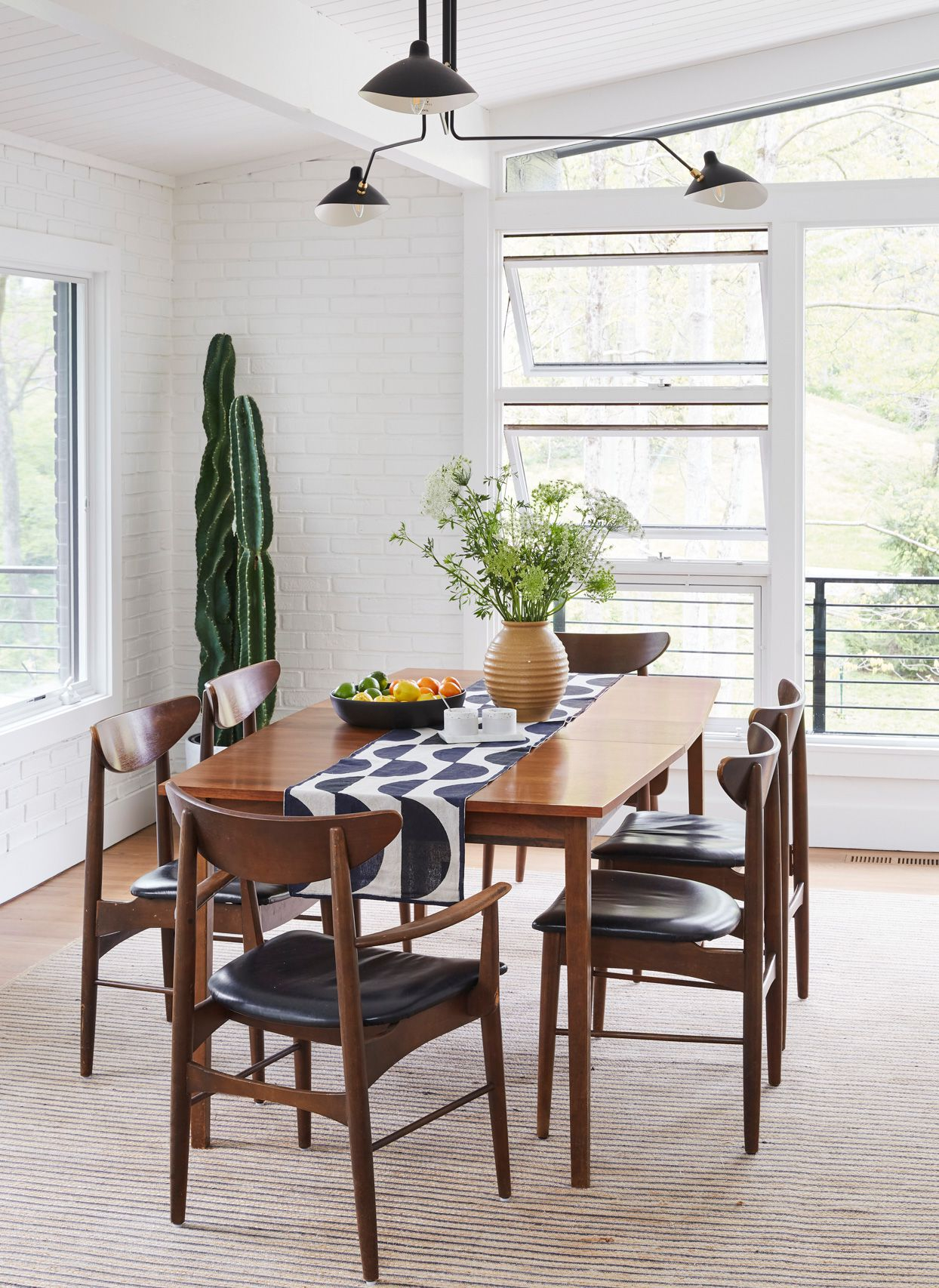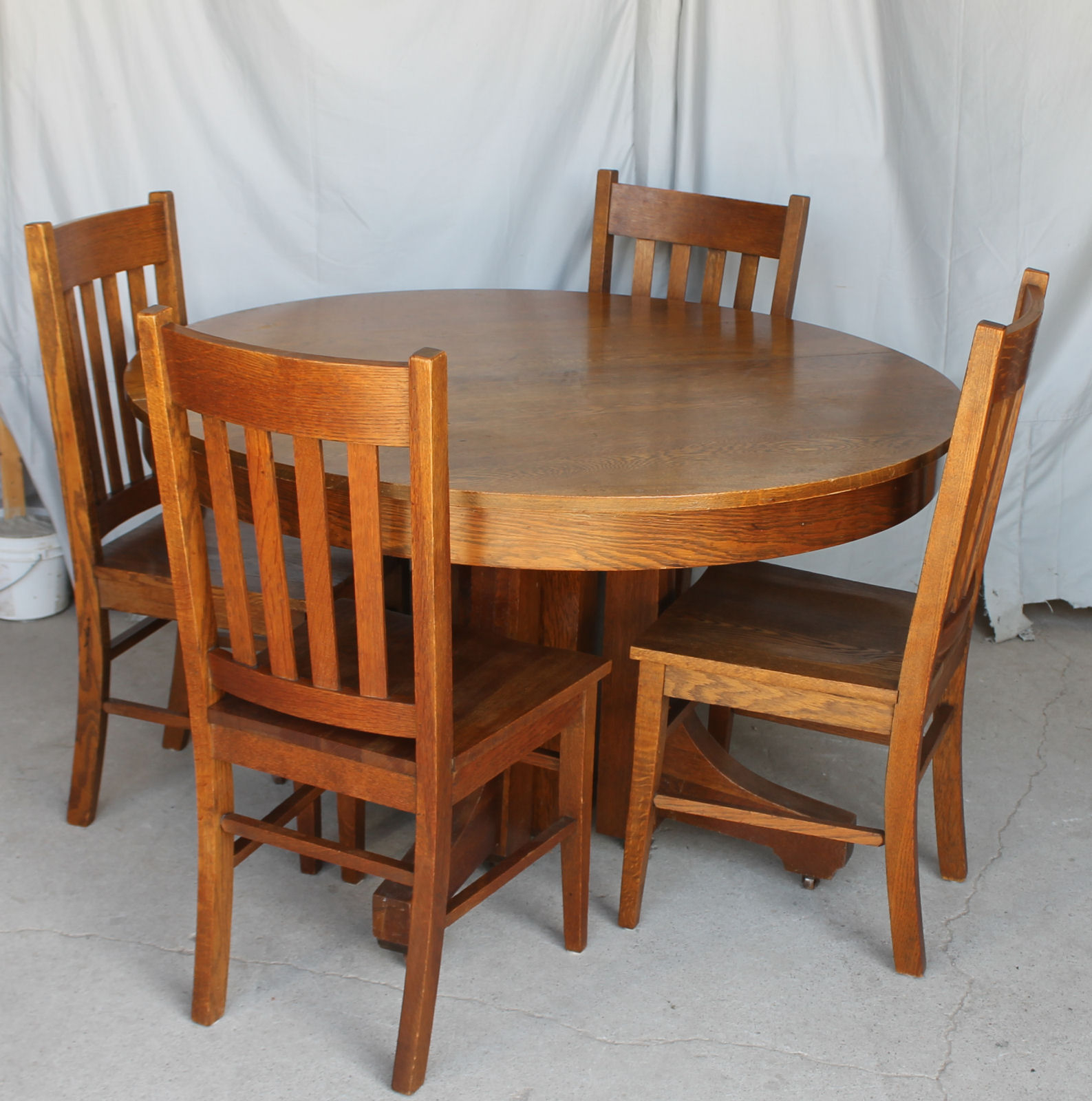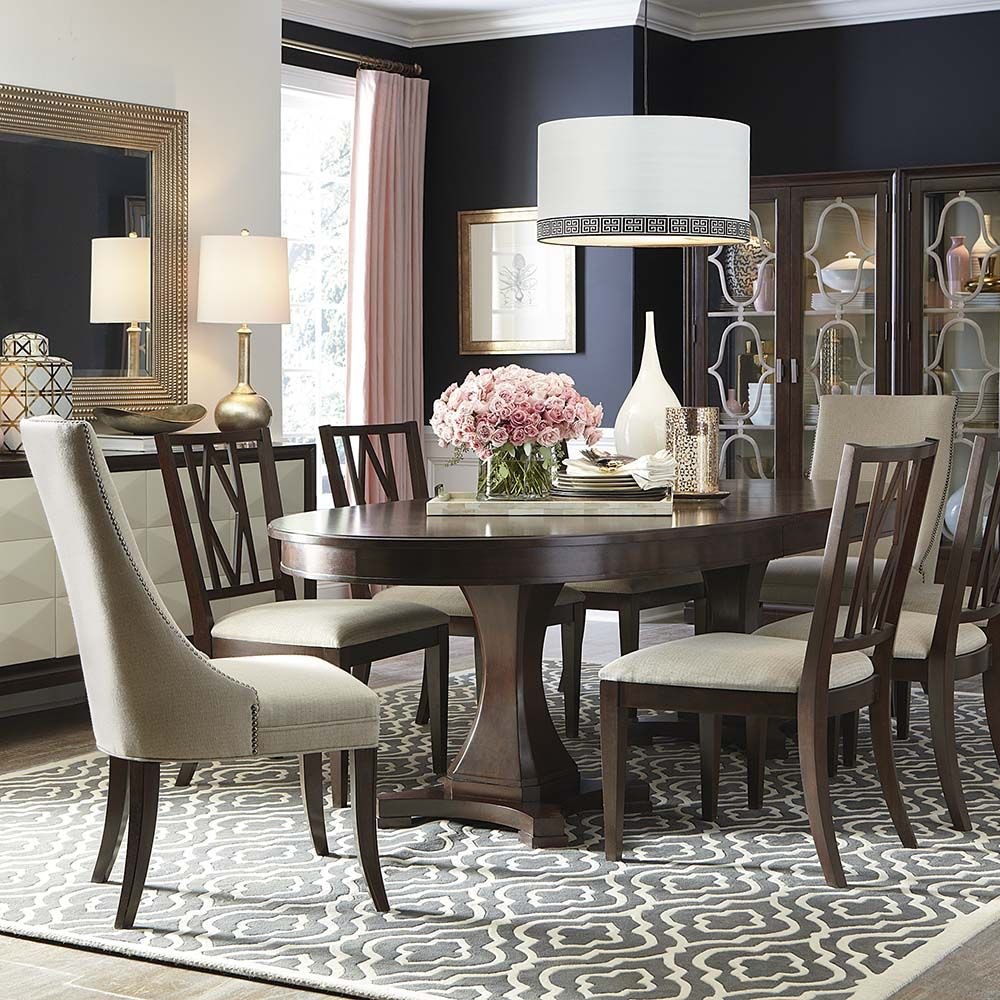Think about your dining table. Is it just a place to put your food, or is it the actual center of your home? It’s where families gather to share stories, where friends reconnect over laughter, and where memories are forged. But have you ever considered if your table is truly serving its purpose? The size and shape of your dining table play a massive role in how you live, entertain, and even eat. It’s not just about fitting chairs around it; it’s about creating the right atmosphere and functionality for every occasion, whether it’s a quiet weeknight meal or a bustling holiday celebration.
Let’s be honest, choosing a dining table can feel surprisingly overwhelming. You want something that looks good, but more importantly, you need it to work for your life. A table that’s too small can lead to cramped elbows and a feeling of being constantly on top of each other. On the other hand, a table that’s too large can make even a moderately sized room feel cavernous and impersonal. The sweet spot is finding a table that complements your space and your lifestyle, making every meal, from a simple breakfast to a formal dinner party, a more enjoyable experience. It’s all about balance and understanding what makes a dining space truly functional and inviting.
Assessing Your Space: Measure Twice, Buy Once
Before you even start browsing, grab that tape measure. Seriously, this is the most crucial step. You need to think about the room your table will live in. How much space do you have, and how much of that can be dedicated to the dining area? A good rule of thumb is to leave at least 3 feet (about 1 meter) of clearance around the table. This allows people to comfortably pull out chairs and walk around without bumping into walls or furniture. Measure the length and width of your dining space, and then factor in the space needed for walkways and other nearby pieces of furniture. Don’t forget to account for any architectural features like doorways or windows that might affect placement. It’s better to have a slightly smaller table that fits perfectly than a grand one that makes the room feel cluttered.
Understanding Your Needs: Who Sits Where?
Who usually dines at your table? Is it just you and a partner, a growing family, or do you frequently host guests? The number of people you typically seat will heavily influence the size you need. For intimate dinners, a smaller round or square table might be ideal, fostering conversation and closeness. If you have a family of four, a rectangular table that seats six is often a good compromise, offering a bit of extra space for homework or crafts and room for occasional guests. For those who entertain regularly or have a large family, a longer rectangular table or an extendable table can be a lifesaver. Think about the maximum number of people you’d want to seat comfortably. It’s not just about the number of seats, but also the comfort level at those seats.
Table Shapes: Round, Rectangular, Square, and Oval
The shape of your table can dramatically impact the feel and flow of your dining room.
- Rectangular tables are the most common and versatile. They work well in most rectangular rooms and can easily seat more people. Their straight lines can make a room feel more formal.
- Round tables are fantastic for conversation because they bring everyone closer together. They’re great for smaller spaces and can make a room feel more intimate and social. However, they can sometimes be less space-efficient for seating a larger number of people compared to a rectangular table of similar diameter.
- Square tables offer a similar intimacy to round tables but are best suited for square rooms. They can feel a bit more modern and structured.
- Oval tables combine the space-saving benefits of a rectangular table with the softer edges of a round one. They can feel a bit more elegant and are good for traffic flow as there are no sharp corners to navigate around. They also tend to feel a bit more formal than round tables.
Seating Capacity and Comfort: It’s Not Just About Fitting
When we talk about seating capacity, it’s important to consider comfort. A table that technically seats eight might feel awfully crowded if each person only has 24 inches of table edge. Aim for at least 24-30 inches (60-75 cm) of personal space per person along the table’s edge. This ensures that elbows don’t collide and that there’s enough room for place settings, serving dishes, and perhaps a centerpiece. For larger tables, you might need to think about the depth as well. A table that’s too deep can make it difficult for people sitting opposite each other to reach food or engage in conversation. For most families, a depth of 36-42 inches (90-107 cm) is usually sufficient.
Material and Style: Beyond the Dimensions
While size is paramount, don’t forget how the table’s material and style will contribute to your overall dining experience. Wood tables, from sturdy oak to elegant walnut, offer warmth and durability. Glass tables can make a space feel larger and brighter, but they do require more frequent cleaning. Stone or marble-topped tables lend a sense of luxury and weight. Consider the weight of the table too. A heavy, solid wood table might be perfect for a formal dining room, but if you anticipate needing to move it occasionally, a lighter option might be more practical. The style should also complement your existing decor – whether you lean towards modern, rustic, or traditional, finding a table that harmonizes with your home is key.
Extendable Tables: The Best of Both Worlds?
For those who love to entertain but don’t always have the space for a massive table, an extendable or expandable dining table can be a game-changer. These tables typically have leaves that can be added or removed to adjust their length. This means you can keep a smaller, more intimate table for everyday use and then easily expand it when guests arrive. They offer incredible flexibility and can save you from having to buy a second, larger table that might otherwise dominate your dining area. When choosing an extendable table, check how easy it is to add and remove the leaves, and ensure the mechanism is sturdy and reliable. Some tables have leaves that store within the table itself, which is a neat feature.
Ultimately, the right dining table size is a personal choice that balances your available space, your lifestyle, and your aesthetic preferences. It’s about creating a functional and inviting hub for your home, a place where meals are shared and memories are made. By carefully considering your room dimensions, the number of people you typically seat, and the various shapes and styles available, you can find a table that truly enhances your dining experience. Don’t rush the process; think about how you use your dining space, and you’ll discover a table that fits not just your room, but your life as well. Happy dining!

